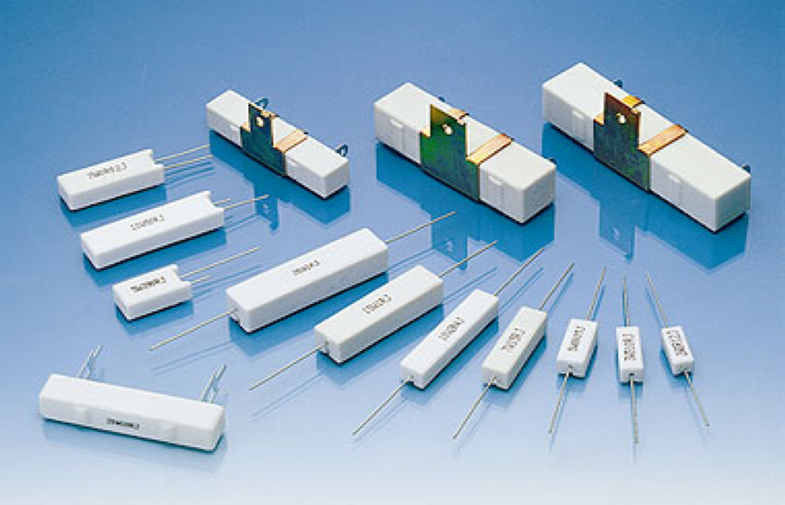For a certain application I will be using this resistor. I might also go for this other resistor if needed.
The working conditions are:
- Ambient temperature (max): 70 ºC
- Power to be dissipated: 15 W
- "On" time (max): 60 seconds
The selected power resistor is a 15 Ohm / 25 W TO-220.
The question is: is a heatsink necessary for a 60 second (max) operating time? Can I get away with a large enough copper plane? Assume that the down-time between operations is larger than the operating time.
If it was the case for continuos operation at 15W, I'm already aware of the need of a heatsink and how to calculate it, but I'm wondering how I should proceed for this "non-continuos" intermittent operation



